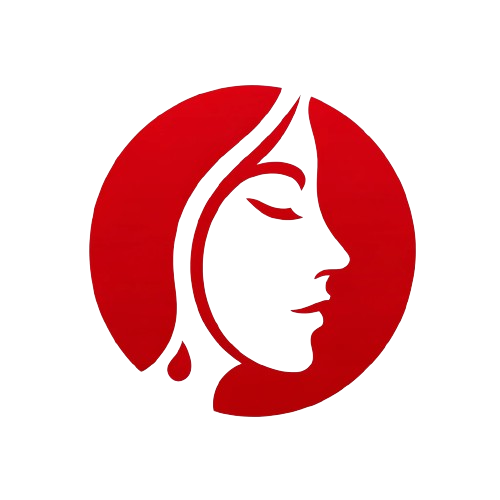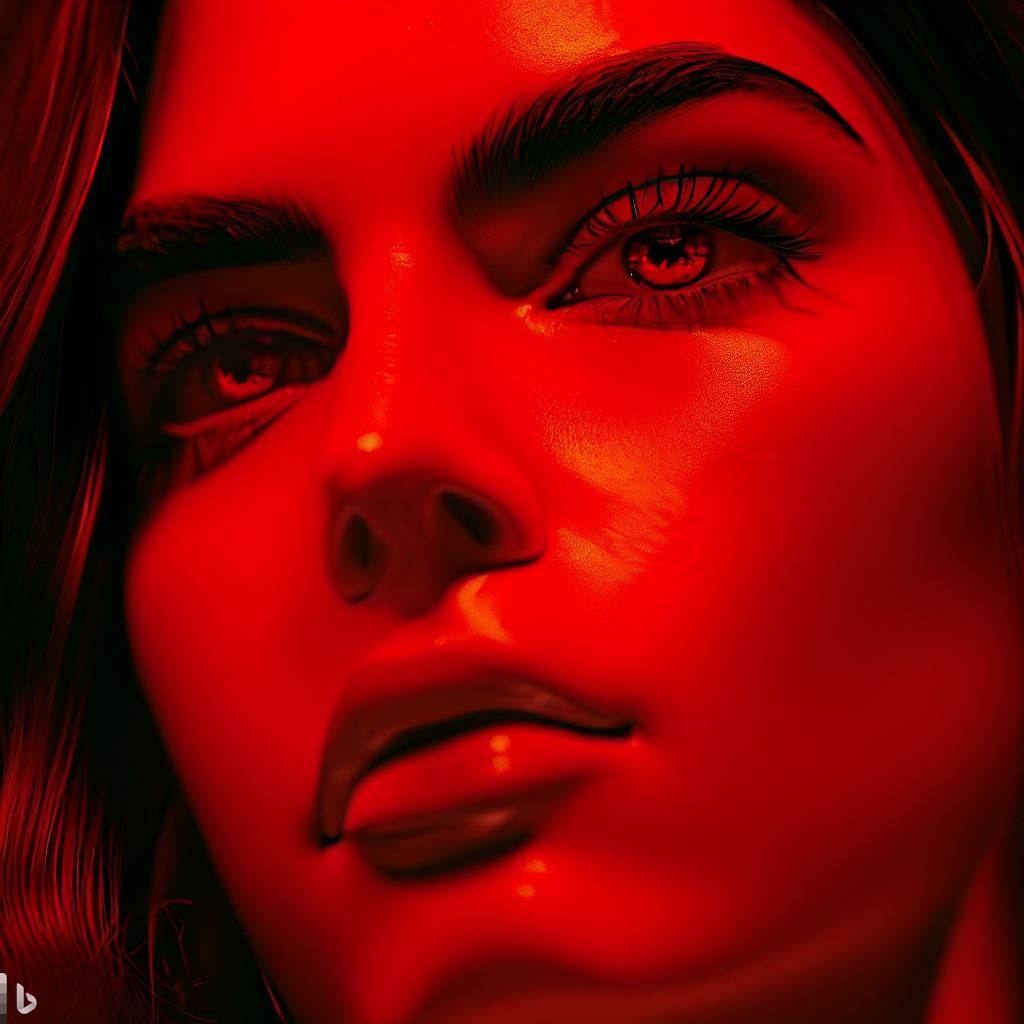What is psoriasis?
Psoriasis is a chronic, immune-mediated skin disorder of unknown etiology, affecting 2-4% of the population.
It appears most often between the ages of 10and 30 years, although its onset can occur from infancy to old age. It has a familial predisposition although it’s the mode of inheritance is debatable.
If one parent is affected the is a 25% chance of developing it: this rises to 65% if both parents are involved.
Psoriasis is now regarded as a disorder involving activation of T helper cells in the skin. Cytokines are then released and cause skin cells to multiply faster, leading to thickening of the skin and over scaling.
The new biological agents intervene in this process. Capillary dilation explains the redness.
TYPES OF PSORIASIS
Types of psoriasis depend on its shape/ size, its site, and it’s complications.
PSORIASIS VULGARIS ( CHRONIC PLAQUE PSORIASIS)
It is the most typical/most familiar form of psoriasis. The primary lesion in psoriasis is a mildly itchy plaque or papule which is:
- Well demarcated: An essential feature of diagnosis in flexures ( bend or folding areas) and glans. Where other features like scaling may be absent.
- Indurated: having become firm or hard
- Erythematosus: Deep pink or red but may be modified by skin colour. The plaque is often surrounded by hypopigmented halo( ring of Woronoff).
- Scaly: lesions are surrounded by silvery, white( due to air trapped between scales ), loose, scales.
- Scaling is absent in flexures and on glans in uncircumcised patients. Scaling is minimal in early lesions and profuse in rupioid psoriasis.
- Discoid: Initial lesions are discoid but may merge to form geographic plaques.Central clearing results in annular lesions. When lesions develop at sites of the trauma, they may be linear( surgical incisions, scratch marks), or irregular is confirming the shape injury.
- Size and number of lesions are variable.
Morphological variants
GUTTATE PSORIASIS
This occurs in children and adolescents.
Small erythematous scaly papules can appear in the body over the trunk, after a sore throat episode.
Lesions appear in several crops of small erythematous papules. Clear within a few weeks or evolve into plaque psoriasis.
RUPIOID PSORIASIS
Lesions appear conical.
Scales are firmly adherent to the underlying skin ( like small conical shellfish, which sticks to rock). Such lesions are classically present in Reiter’s syndrome ( is reactive arthritis )which associated with :
HLA B27
Symptomatic infection or asymptomatic infections( Salmonella/Shigella)
Modification by site
FLEXURAL PSORIASIS
Common in females and less frequently in males.
Though scaling is minimal because lesions are present in moist friction – prone areas.
Lesions are well defined and are Salmon pink in colour.
Typically, on groins, axillae, under the breast ( inframammary folds) vulva, gluteal cleft.
SCALP PSORIASIS
Sharply defined indurated scaly plaques. Theses scaling may be massive, especially on the occipital ( behind the head), sometimes the scaling is asbestos-like, being firmly adherent to the scalp.
May spill on forehead and nape of the neck. Diffuse in nature.
PENILE PSORIASIS
In uncircumcised males, scaling is absent on glans, but lesions continue to be erythematous and well- defined.
In circumcised patients, the lesions on the glans are similar to psoriatic lesion elsewhere.
PSORIASIS OF PALMS AND SOLES
Both sides involved, lesions are symmetrical, well defined, red thick ended plaques.
Silvery scales may be profuse or minimal. Scales may be adherent on palms and soles unlike loose scales on other parts. Erythema( redness) less evident because of the thickness of the outermost layer of the epidermis.
What are the associations In a patient with psoriasis?? Is always nail and joint involves?
Nails
10-50% of patients with psoriasis have nail involvement.
Following changes are characteristics
- Nail changes include pitting: small, regularly placed pits like seen on a tumble.
- Nail plate thinking: which is not friable.
- separation of a fingernail ( onycholysis)
- Accumulation under nail plate of keratinous material which does not crumble.
- Discolouration of nail plate: nail plate becomes yellow or brown.
- Oil spots: due to nail bed psoriasis and specific for psoriasis
Joints
Around 10% of patients with psoriasis have joint involvement.
Are there any patterns??
Four patterns can be recognised
- Asymmetrical oligoarticular( few joints) arthritis :
- it’s the commonest, usually involves joints of hands and feet and leading to finger or toe inflammation due to joint involvement.
- Distal interphalangeal arthritis
- Rheumatoid arthritis-like
- Arthritis multilans: uncommon and severely deforming arthritis of fingers and toes.
- Axial arthritis
WHAT ARE THE TYPES PSORIASIS ACCORDING TO COMPLICATIONS?
ERYTHRODERMIC PSORIASIS
It’s the most common complication precipitated by topical therapy’s irritant effect and withdrawal of topical, systemic steroids used for treating psoriasis.
What are the features of it?
Psoriasis plaques lose their definition and merge. Skin becomes uniformly red with marked scaling. Involves all over.
PUSTULAR PSORIASIS
Pustulation precipitated by the Irritant effect of topical therapy and withdrawal of topical or systemic steroids.
Pustulation can be seen in palms and plantar psoriasis.
Generalised: seen in Von Zumbusch’s pustular psoriasis, which is:
A severe condition accompanied by high fever, chills, increased breathing.
They are characterised by generalised fiery red erythema by the appearance of tiny waves of superficial abscesses which can be wiped off easily. New pustules appear as old ones are crusting.

